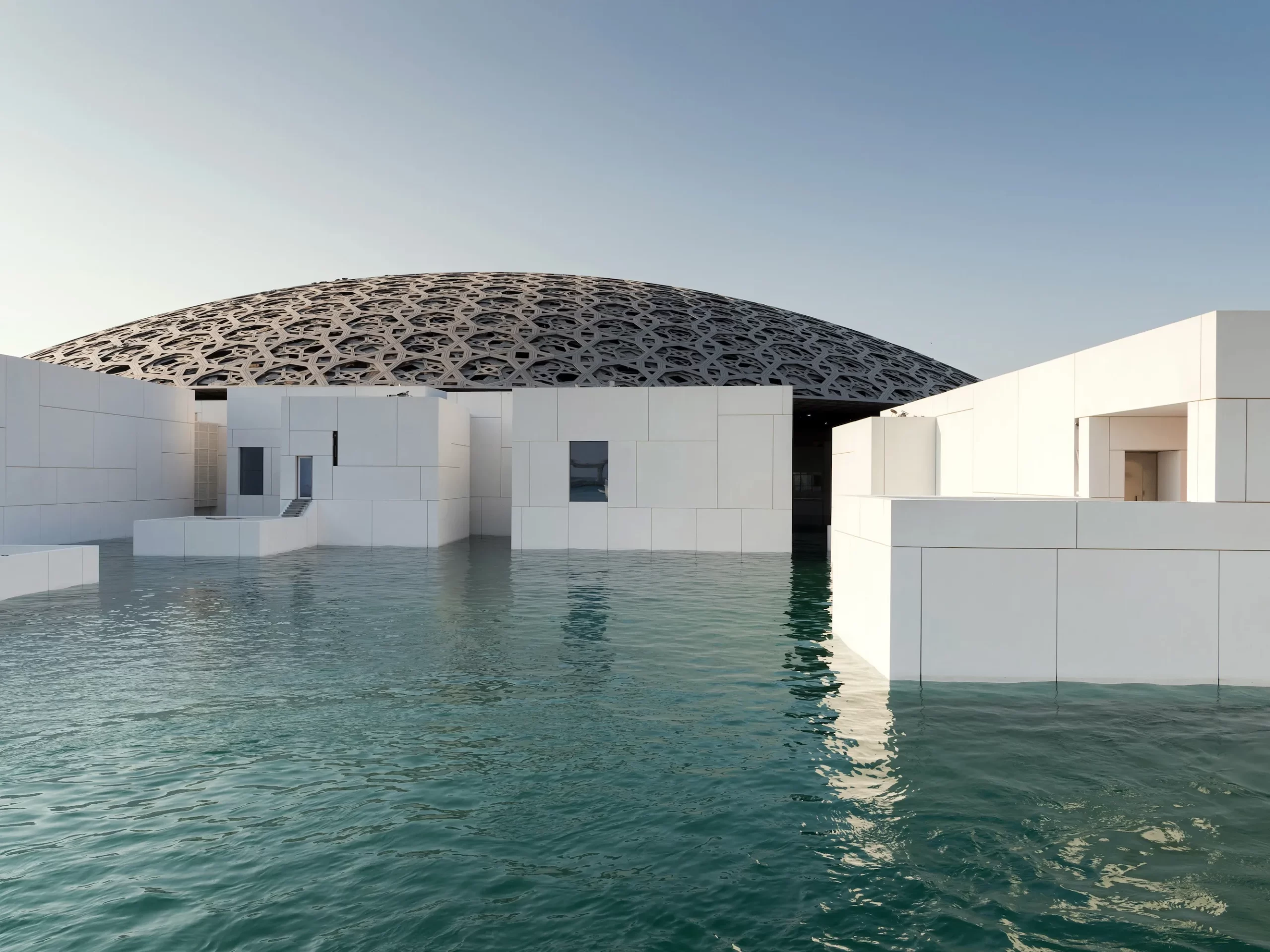Exploring Different Architectural Styles Around the World
Architectural styles are visual manifestations of culture. Ranging from Gothic cathedrals to Art Deco skyscrapers, each architecture style exudes the beliefs and values of its culture in its architecture style. Each architecture style boasts its own distinctive personality that sets it apart from others.
By exploring different architectural styles from around the globe, you will gain a better understanding of their history and philosophy behind building design.
Art Deco
Art Deco architecture typically conjures images of Manhattan’s Chrysler Building as the iconic embodiment of Art Deco design. The iconic Chrysler’s geometric top, tapered shape to conform with setback regulations and stylized sunburst motifs are hallmarks of Art Deco structures that instantly come to mind when thinking about Art Deco architecture.
Art deco was an international movement that blossomed after World War I and reached its pinnacle during the 1920s and 30s, symbolizing old school glamour through curvilinear corners, geometric forms, and reflective materials such as chrome.
One of the hallmarks of this style was streamlining, an aesthetic which utilized aerodynamic curves and economic lines in everything from buildings to consumer goods (think Ronson cigarette lighter). Over time, as technology advanced further with mass production and machine travel, streamlining adapted accordingly; such adaptations included creating products encased within contoured shells or sleekly curved shapes – leading to more futuristic styles for subsequent decades.
International Style
Henry-Russell Hitchcock and Philip Johnson published The International Style as part of an exhibition at New York’s Museum of Modern Art in 1932, detailing the architectural principles of Ludwig Mies van der Rohe, Le Corbusier and Walter Gropius while also establishing International Style architecture as an influential design trend.
International Style buildings were designed with sleek lines, concrete forms and minimal ornamentation in order to fit in seamlessly with their environments and meet multiple objectives. This trend emerged as a response to several issues, such as architects’ disapproval of stylistically eclectic buildings containing decorative elements with no relation to function; cost-efficient development of large warehouses/factories/residential/civic structures in a rapidly industrializing world; and development of new building technologies involving steel, iron and concrete construction technologies.
International Style architecture is unparalleled for its global reach and adaptability; unrestrained by climate or specific cultural traditions, International Style buildings can be found from Finland’s Arctic shores all the way through to smog-covered cities of Asia and South America.
Neomodernism
Neomodern architecture is an evolving style. It blends elements of post modernism with neo-eclecticism to achieve simplicity; abandoning ornamentation associated with modernism in favor of geometric forms (think Phillip Johnson-esque plain glass boxes).
Though this style might appear boxy at first glance, when used on large scales it can be stunningly stunning. Straight lines and angles create an air of stability that many find very appealing; yet curves should not be discounted altogether.
Gabriel Lolu Omowaye defined Neomodernism as “a philosophical approach that addresses and investigates new and complex global issues with an expansive viewpoint. This encompasses liberal politics, limited government regulated liberalism, high drive innovation and entrepreneurship based on liberalism principles; high literacy rate rates; progressive taxation for social equity purposes, philanthropy, economic development as well as personal growth initiatives. Neomodernism also takes into account natural causes and effects as well as climate change issues – an invaluable concept to take into consideration as we go forward. This must be taken seriously as we move forward!
Baroque
As with other styles of architecture and design from the 19th century, Baroque style began to seem outdated by its late 18th-century origins. But as we enter into the 21st century and beyond, a growing appreciation for past styles means new buildings with Baroque-influenced buildings being produced worldwide.
Baroque architecture, art and music all originated in Italy during the 17th century before spreading throughout Europe. Based on Renaissance techniques but more lavish, its purpose was to represent Catholic church glory.
Baroque architecture introduced curves into their walls and facades for the first time (such as Borromini’s San Carlo alle Quattro Fontane in Rome). Furthermore, quadratura–an artform which combined painting with sculpture to produce three-dimensional effects–was widely employed, drawing viewers in and inspiring awe; making this style ideal for churches, palaces, or any other royal structures.




